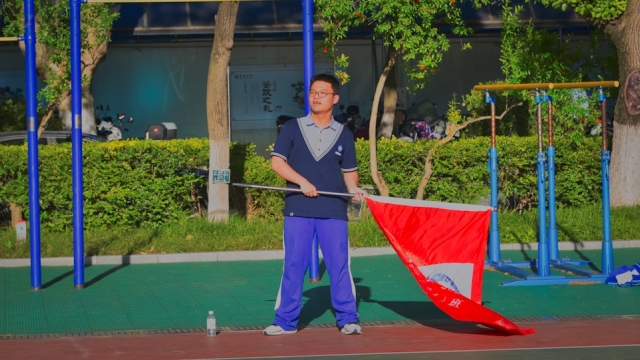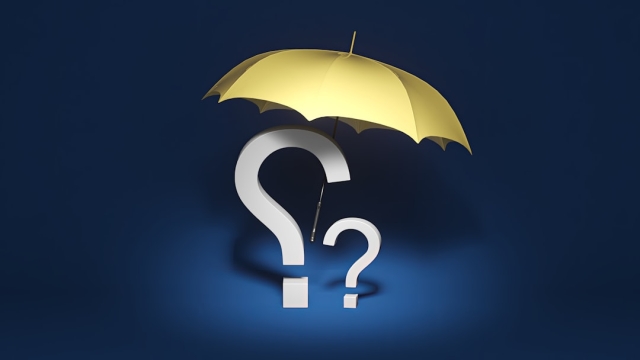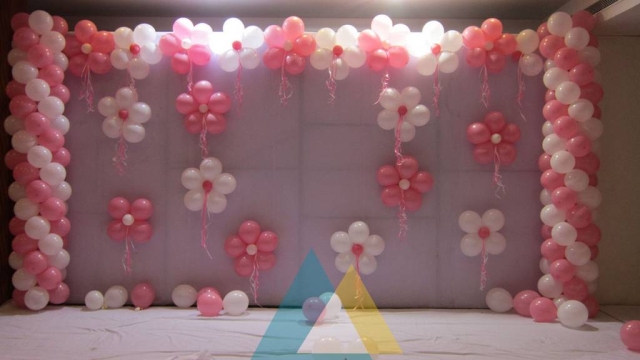Ensuring safety on padel courts is crucial for both players and facility managers. With the increasing popularity of this dynamic sport, the need to maintain a safe playing environment has never been more important. By implementing essential safety guidelines and being aware of common hazards, facilities can promote an enjoyable experience while minimizing the risk of injury. This article aims to provide comprehensive insights into padel court safety, focusing on essential safety guidelines, common hazards, and best practices for maintaining a safe environment.
Essential Safety Guidelines for Padel Courts
Establishing a comprehensive set of safety guidelines is the first step toward ensuring padel court safety. These guidelines should be communicated to both players and staff to promote awareness and adherence. Some key recommendations include:
- Regular Inspections: Conduct routine checks of the court surface, nets, and surrounding areas to identify any potential hazards such as cracks or debris.
- Proper Signage: Place clear signs around the court that outline safety rules, including guidelines on appropriate footwear and behavior during play.
- Emergency Procedures: Develop and communicate emergency procedures to handle situations such as injuries or severe weather. Ensure that first aid kits are readily available.
- Player Education: Educate players about safe practices, including the importance of warming up, hydrating, and recognizing their physical limits.
Common Hazards and How to Mitigate Them
Padel courts can present various hazards that may lead to injuries if not properly addressed. Understanding these risks and implementing effective mitigation strategies is essential for creating a safe playing environment.
- Environmental Factors: Weather conditions can significantly impact safety. Wet or icy surfaces can lead to slips and falls. To mitigate this, ensure the court is dried and cleared of any snow or ice before play. Additionally, if conditions are too windy or stormy, it may be best to suspend play.
- Court Surface Issues: Uneven or damaged surfaces can cause tripping hazards. Regular maintenance of the court surface, including repairs and resurfacing when necessary, is vital for preventing injuries.
- Equipment Safety: Ensure that all equipment, including nets and paddles, is in good condition. Regularly inspect nets for tears and ensure that they are properly secured.
- Player Interaction: Padel is a doubles sport, which means that players are often in close proximity. Encourage players to communicate effectively and be aware of their surroundings to avoid accidents.
Best Practices for Player Safety and Court Maintenance
In addition to guidelines and hazard mitigation, implementing best practices for player safety and court maintenance is crucial. These practices help to create a culture of safety and ensure that the facilities remain in optimal condition.
- Regular Maintenance Schedule: Establish a maintenance schedule that includes cleaning the courts, checking equipment, and addressing any wear and tear promptly.
- Player Feedback: Encourage players to report any safety concerns or issues they encounter on the court. This feedback can help identify potential hazards that may have been overlooked.
- Training Staff: Ensure that facility staff are trained in safety protocols and emergency response. This training can be vital in managing incidents effectively.
- Ongoing Safety Assessments: Conduct regular safety assessments to evaluate the effectiveness of existing safety measures and identify areas for improvement.
In conclusion, prioritizing padel court safety requires a commitment to establishing guidelines, identifying hazards, and implementing best practices for maintenance. By fostering a safe environment, players can enjoy their experience on the court while minimizing risks. For more resources and information related to padel court safety, consider visiting Mondo Padel, which offers valuable insights into maintaining safe and high-quality facilities.





